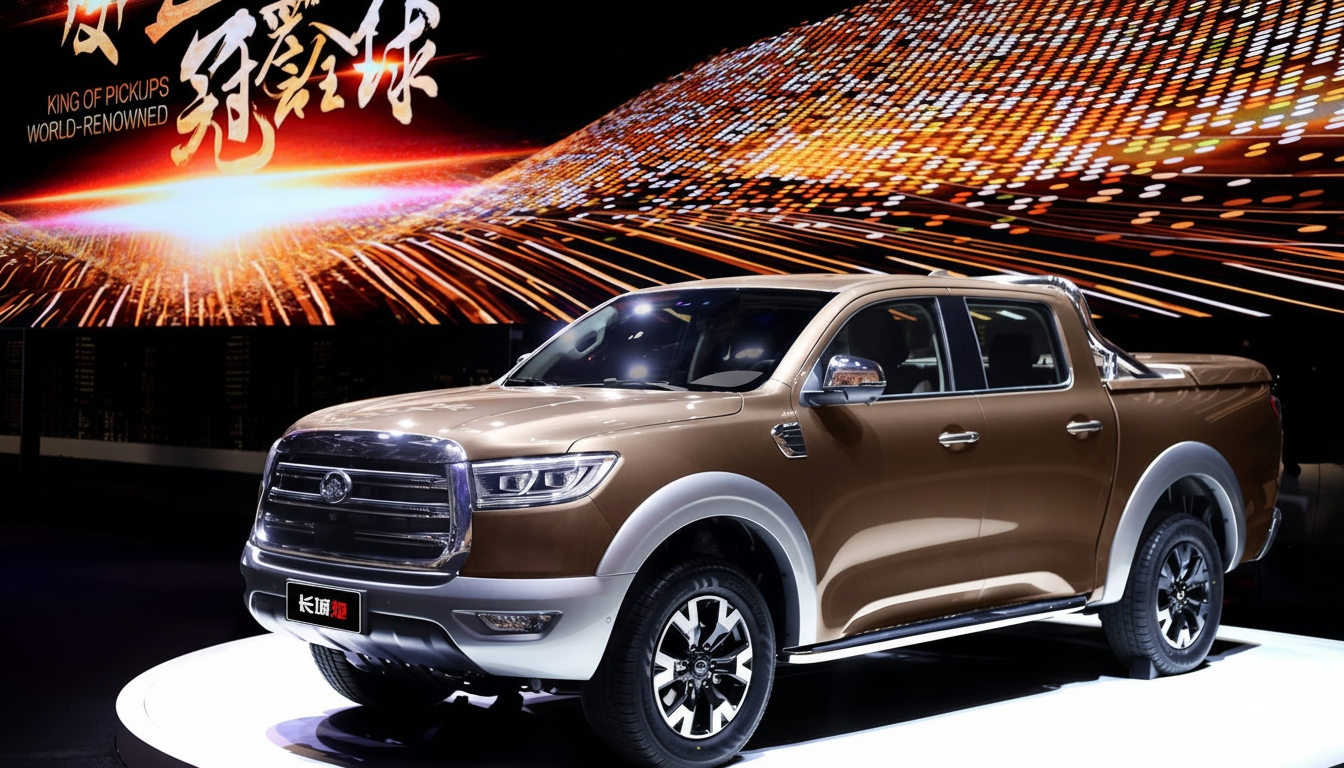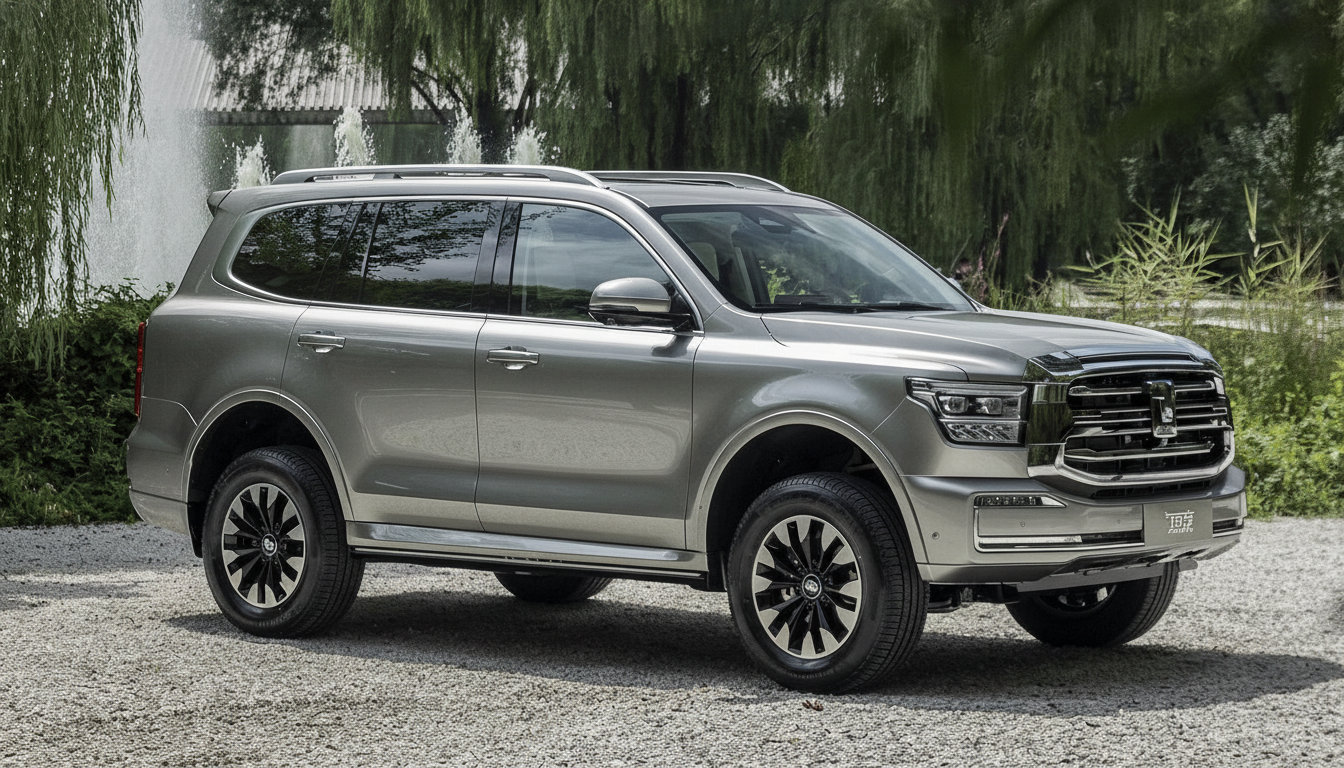Great Wall Motor’s chief executive is still eyeing a piece of the United States electric-vehicle market, but says that timing now depends on geopolitics and cost.
The company has spent years marshaling product and engineering resources to make a U.S. launch feasible, but executives concede that tariffs and policy uncertainty now make direct investment difficult to support.

Tariffs and politics muddy the road for U.S. entry
The U.S. tariff schedule on cars from China has changed significantly in the past few years, transforming a manageable import duty to a near-prohibitive wall for mass-market EVs. After initial auto tariffs were augmented by Section 301 duties on Chinese goods, the White House subsequently lifted rates on Chinese-made EVs one more time — purportedly in response to state support and below-cost pricing. What’s worse is that the Chinese automaker GWM’s leadership says these tariffs — now well beyond single digits — are also why a factory or acquisition in the U.S. doesn’t pencil out today.
U.S. trade officials have said domestic automakers deserve a level playing field, and the U.S. Trade Representative’s office and the Department of Commerce have remained skeptical of Chinese EVs.
Industry groups like the Alliance for Automotive Innovation have made the argument that policy clarity and predictable rules are crucial when it comes to investing. For GWM, the math is simple: without some form of government tariff relief or local manufacturing volume, EVs can’t be priced to compete.
Routes and workarounds now under a microscope
Yet another path — the pursuit of new production in North America outside the U.S. — is not without its own peril. Chinese automakers have invested in Mexico, but U.S. officials have indicated they are on the lookout for efforts to reroute vehicles into the U.S. to evade duties. The USMCA’s rules of origin mandate and heightened customs enforcement limit that possibility, executives say, acknowledging the Mexico-coalition idea is more likely to prompt further restrictions than dismantle them.
The message from GWM is that it wants to compete in the free-for-all U.S. market, but not at any price.
The company has R&D teams and facilities in place to back that up, it claims, but will hold off on breaking ground for U.S. production until the policy environment is stable enough to ensure long-term returns.
Localize to compete in diverse international markets
In foreign markets, GWM follows a playbook of operating “with the local, for the local.” For instance, in Australia, the brand is headquartered at the Lang Lang Proving Grounds, providing local employment plus an extensive tuning and service offering to prepare vehicles for local conditions.

That method also allows the automaker to customize calibrations, charging strategies and trim mixes all according to regional preferences — something the company says it would echo in the U.S. if entry were possible at some point.
The approach accords with what analysts at the International Energy Agency refer to as the next phase of EV globalization: winning markets by tailoring vehicles to local driving patterns, climate and infrastructure instead of offering a one-size-fits-all lineup.
Hybrids bridge the gap while charging grows
Although EVs rule over China’s growth, GWM says many markets will continue to require a mix of powertrains. The firm offers battery-electric models as well as petrol and plug-in hybrids, positioning PHEVs as a practical bridge in markets where highway charging is still rare. Executives point to long intercity driving routes, where drivers fret about charger availability and dwell times, as the use case better served by plug-in hybrids at present; smaller EVs are ideal for urban commuting.
That segmentation is deliberate. Instead of pursuing supersized electric SUVs to turn heads, GWM says it’s doing so by right-sizing vehicles for job requirements and infrastructure. It’s a wager that consumer confidence in electrification advances most quickly when the products are molded to daily life without asking for too many compromises.
Data compliance and trust concerns for regulators
More than tariffs, trust and data governance are top-of-mind for regulators. In several countries, legislators have been asking questions about how data is collected and retained on connected cars. GWM says it segregates customer data on in-country servers and meets local privacy standards, mirroring demands made by regulators including the Federal Trade Commission and guidance subsequently echoed by the National Highway Traffic Safety Administration around vehicle cybersecurity and data protection.
Guarantees about data localization have become table stakes for any global automaker. Clear policies help to defuse political risk, and they can also minimize the likelihood that privacy concerns become one more barrier to market entry.
What it means for U.S. EV shoppers and pricing
An early entry by GWM into the United States is unlikely unless relations between China and the U.S. improve or it agrees to build cars in the country, analysts added. What’s more, even under these conditions, the Inflation Reduction Act’s battery sourcing and “foreign entity of concern” provisions add layers to tax-credit eligibility that are key to pricing for mainstream segments. Currently, EVs represent only a low-single-digit percentage of U.S. light-vehicle sales, according to Cox Automotive, and greater competition could grease the wheels for increased adoption by lowering prices and expanding model selection.
For now, GWM is playing a long game: establish credibility in welcoming markets, offer products that meet local needs and be ready to punch the gas if “the door opens” with the United States. Eventually remains the operative word — but it’s obvious the company wants a seat at the table when the policy math eventually does work.

